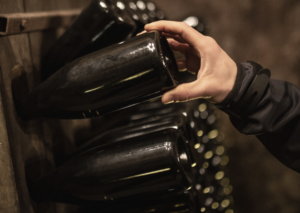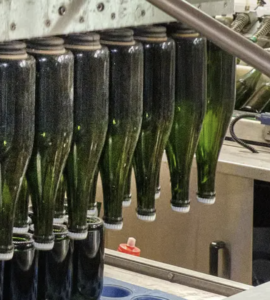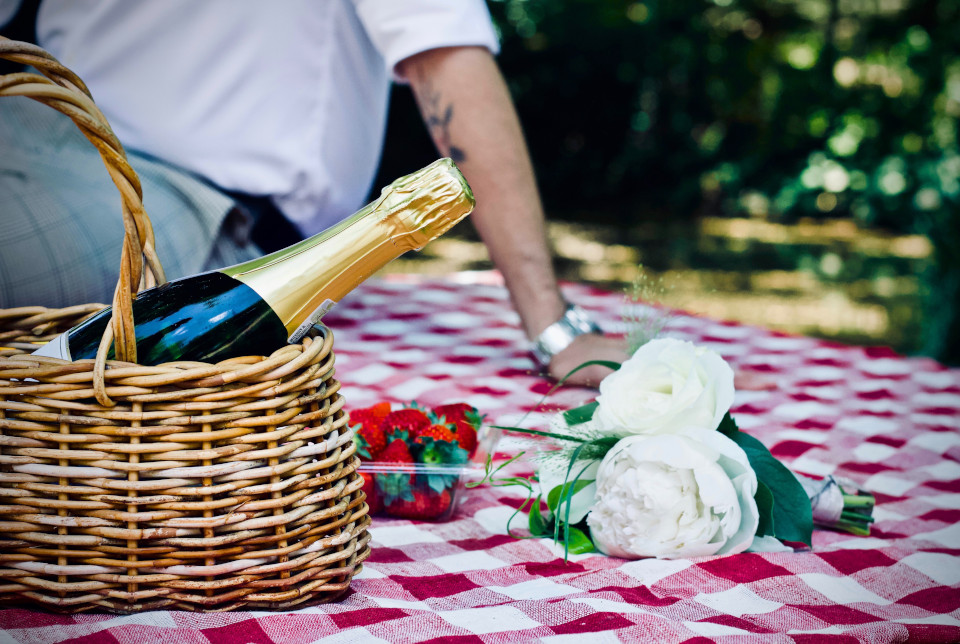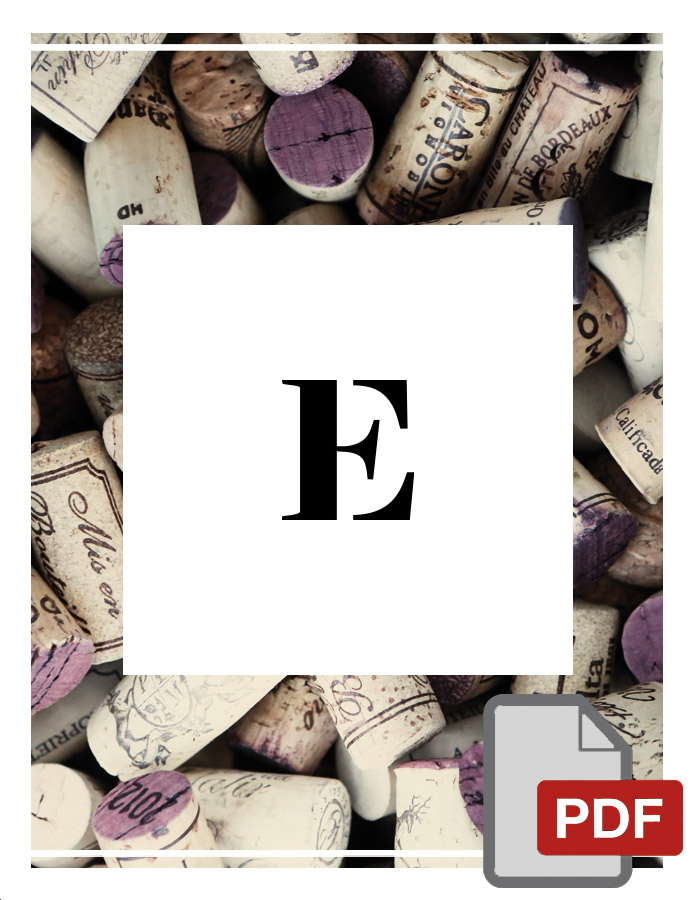Learning about wine
Are all sparking wines the same? The Classic Method
22Ciao,
Loving sparkling wines very much, I know pretty well the differences between a classic method and a prosecco or a fizzy wine. Talking a bit with friends, acquaintances and clients, however, I realized that the differences could be more evident to everyone, so I decided to share my knowledge with you; this on the classic method is the first of three articles that I dedicate to sparkling wines.
A bit of history
The classic method provides for the refermentation of the wine in the bottle; history tells us that this method was introduced in France around 1670 by a Benedictine friar, Dom Perignon (that’s why the famous champagne is called that!), who had the ingenious idea of bottling the wine from the Champagne hills by adding flower peach syrup.
It seems that this Benedictine friar was also the creator of the corking of bottles which turned out to be an extraordinary intuition.
Carlo Gancia introduced the classic method or méthode champenoise in Italy in the second half of the 19th century. Gancia used this method for the production of Moscato d’Asti.
Today, as established by the European Union, the definition “méthode champenoise” can be used only for French Champagne; In Italy, we use the “classic method” or “traditional method”.
The production phases of the classic method
There are seven: the preparation of the base wine and the cuvée, the tirage, the second fermentation, the maturation, the remuge, the dègurgement and the introduction of the liqueur d’expédition.
Base wine and Cuvée
The base wine is a standard white wine suitable for sparkling; Chardonnay, Pinot Blanc, Pinot Grigio, Pinot Noir or Riesling grapes are the most used. Pinot Grigio and Pinot Noir are wine made in white, i.e., without the must remaining on the skins containing the colouring substances. The winery creates a cuvée or an assembly of various wines to be made sparkling; if the selected wines are all from grapes of the same vintage, we speak of the classic vintage method.
Tirage and prize de mousse
We move on to the tirage phase; the wine is bottled with the addition of natural yeasts. Once the bottle is closed with the crown cap, the refermentation, also known as prize de mousse, starts. It’s practically chemistry; the yeasts burn the sugars transforming them into alcohol and carbon dioxide, which, being unable to evaporate because it is closed in the bottle, makes the wine effervescent. For this phase, the bottles remain in the cellar, in the dark, in a horizontal position. The time required varies from winery to winery and label to label, but it is generally at least twelve months.

Remuge
Once the maturation phase is complete, the bottles move to special stands called pupitres; the cellarman moves the bottles on regular bases and gradually until they reach a vertical position. In doing so, yeast residues and deposits move to the neck of the bottle. Today in some wineries, this procedure is done with special machinery rather than by hand.

Dègurgement e liqueur d’expedition.
The next step is degurgement; this phase eliminates the residues that have accumulated on the neck of the bottle. The neck of the bottle is frozen; by removing the crown cap, the pressure of the carbon dioxide causes the deposits formed close to the lid to jump out of the bottle itself.
During this phase, some wine comes out; to refill the lost wine bottle, the winery adds the liqueur d’expedition, a syrup generally made up of wine, sugar and distillate. This blend gives the sparkling wine the character of the wine itself, which can be more or less dry depending on the quantity of sugar used.
We must say that each winery has its recipe for the liqueur d’expedition, and some add nothing but wine from the cuvée.
In the last step, the bottle is closed with the classic cork stopper and the cage, and it s ready to be sold.
What to taste
It’s a long article, but I hope it helped you better understand how the classic method is made and why the price is generally different from the prosecco, which we will talk about next week.
All the classic methods that you find on Enolike are worthy, and you can find them here; if you want some of my favourites, I’ll give you three: Franciacorta Tenuta Martinelli brut, Trento DOC Alperegis Pas Dosè by Rotari, Champagne Cuvée HÉRITAGE brut by Yannick Prevoteau
Try them all, and then let me know which one you like best.
A presto
ciao
Monica





